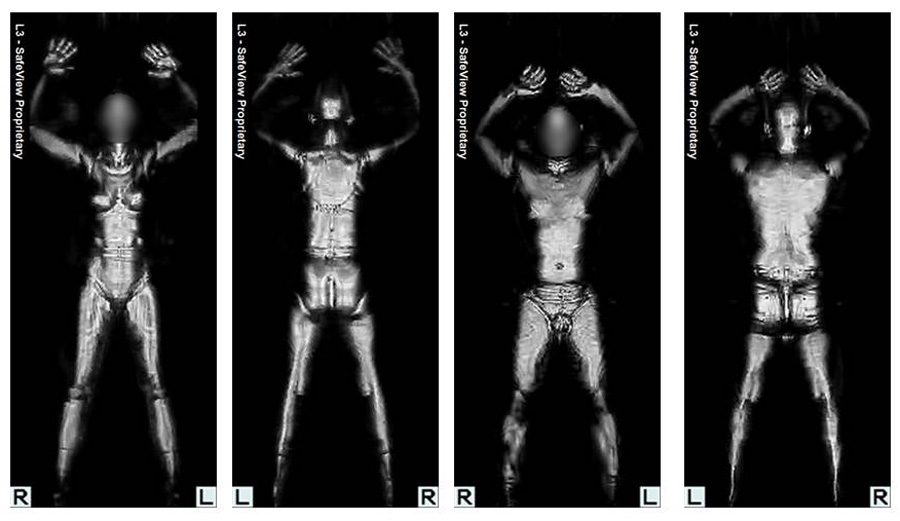Welcome Airline Passenger – Will That be Body Scan or Rigorous Pat Down?
New TSA airline passenger screening rules could slow people down at airports, in more ways than one
Airport travelers already faced the possibility of being selected by security officers to undergo a body scan. Now, under the Transportation Security Administration (TSA’s) newly issued “pat down” rules, passengers, even pre-screened passengers, could also be subjected to a rigorous physical pat down.
According to the TSA, the new pat down protocol includes: physical touching of head, neck, arms, torso, legs, and feet, as well as head coverings and sensitive areas such as breasts, groin, and the buttocks. The TSA calls the new approach more comprehensive. Others might say invasive and aggressive are more apt words to describe the new rule.
Selection for a more thorough physical screening has always been a possibility for travelers, but in the past security agencies had five options to use in deciding how thorough or how aggressive the pat down would be, based on risk assessment. Now, there is just one rule that security officers must follow. Even crewmembers are subject to new pat down procedures.
Many people described the experience of a pat down to be humiliating even before the new rules. Now, people can only prepare for, at least, the short-term possibility of experiencing personal effects of the new TSA rules, and understand their options and rights in the processes.
The TSA describes the rights of passengers briefly in its rules and procedures to the public. If the officer appears to be grabbing personal body parts, the TSA website notes that officers use the back of their hand when checking sensitive areas.
Officers also need to apply enough pressure to feel an object, which is something that is very personal and uniquely so to each and every traveler. Presumably people will be fully instructed by security personnel at the time, as to their particular options and rights, before being subjected to an invasive, aggressive, rigorous, or as the TSA calls it, a more comprehensive pat down.
It will be a delicate line for security personnel and passengers to walk every day. The difference will be obvious, and for those who have not had the experience, they will be surprised, opined Bloomberg reporter Justin Bachman. As airport security agencies implement these rules that the TSA deem necessary, watch for reaction, response and public discussion about the new more aggressive screening procedures.




